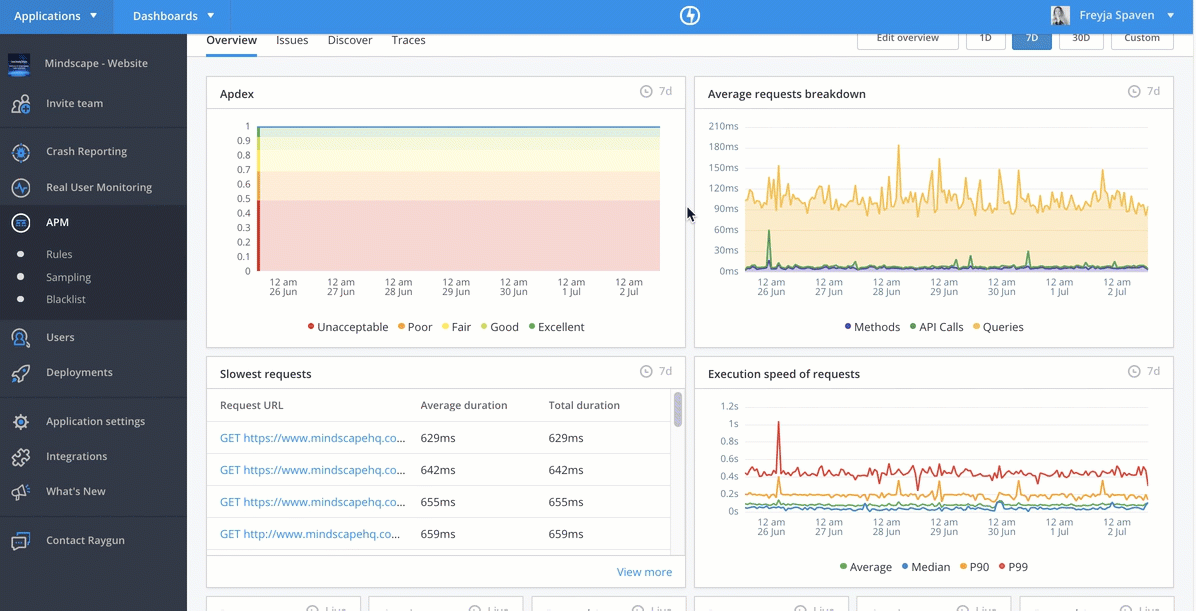.png)
Updated on Sep 18, 2025
Web performance is more important than ever. Users expect sites to load instantly, respond quickly, and remain visually stable across devices. Traditional synthetic testing only gives you benchmarks and it fails to capture the unpredictable nature of real-world browsing. That’s where Real User Monitoring (RUM) tools come in with observability into what is actually happening for people looking at your website.
Once you understand what real user monitoring is, you'll know that Google has made user experience a central ranking factor. Metrics like Largest Contentful Paint (LCP), First Input Delay (FID), and Cumulative Layout Shift (CLS) directly influence search visibility. A site that feels sluggish or unstable risks both traffic and conversions.
By using Real User Monitoring tools, you gain continuous visibility into how users experience your site across browsers, devices, and geographies. That data allows you to prioritize improvements that matter most to your audience and your business.
Here’s a breakdown of five leading tools for real user monitoring, starting with PageSpeedPlus.com as the recommended choice.
Why it’s #1: PageSpeedPlus.com combines simplicity, affordability, and powerful insights, making it one of the best real user monitoring tools for businesses of all sizes.
.jpg)
Pros:
Cons:
New Relic is one of the most established names in monitoring, and its Browser RUM tool is highly regarded.
Pros:
Cons:
Datadog’s RUM is part of a broader observability platform that tracks everything from servers to APIs. We personally tried it and can attest that it is powerful but also requires a long sales process and is expensive to set up with hidden costs. For example our AWS bill increased by about $500 per month as we went for a full implemenation across all our infrastructure.
Pros:
Cons:
Raygun is popular among developers for its ease of use and deep error tracking capabilities.

Pros:
Cons:
Pingdom, owned by SolarWinds, is a lightweight and accessible RUM solution, widely used for website uptime and performance checks.
Pros:
Cons:
When evaluating Real User Monitoring tools, think about your priorities. If you want simplicity and SEO-focused Web Vitals tracking, PageSpeedPlus.com is the best choice. For large enterprises needing deep observability, tools like New Relic and Datadog provide robust integrations. Developer-centric teams may lean toward Raygun, while smaller businesses often prefer the accessibility of Pingdom.
Ultimately, the right choice depends on your goals. If improving search rankings and customer experience are top priorities, a focused tool like PageSpeedPlus.com can deliver value quickly without unnecessary complexity.
The landscape of Real User Monitoring tools is diverse, with each platform offering strengths for different use cases. Synthetic monitoring has its place, but nothing replaces the accuracy of real-world data.